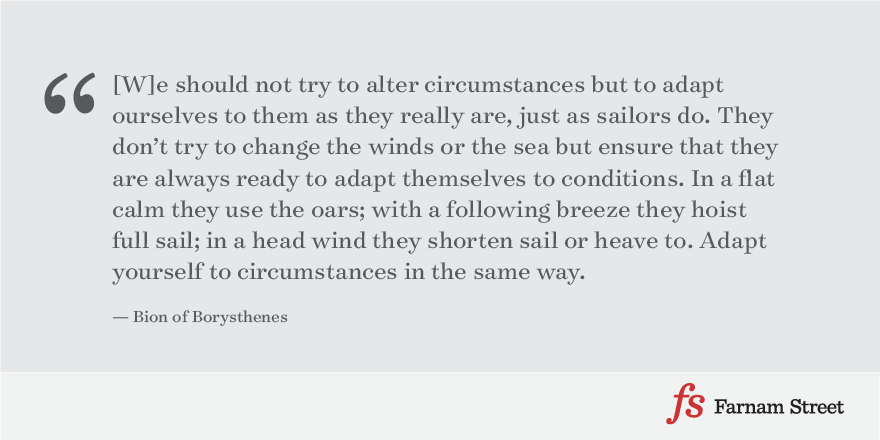Getting to know yourself can be joyful and distressing. We are complex creatures and of course have strengths and weaknesses. Facing these can be an eye-opening experience. As a part of this life-long journey, I went to Understand Myself – a personality test developed by Dr. Jordan B Peterson and his team. They have constructed the Big Five Aspects scale based on thousands of people cross-culturally. Their test contains 10 pages with statements you either agree or disagree with on a scale. This is how they describe the dimensions:
“Extraversion (associated with positive emotion), Neuroticism (negative emotion), Agreeableness (the primary dimension of care for others), Conscientiousness (associated with duty, precision and responsibility) and Openness (interest in ideas and aesthetics)”
I took the test as recommended – in a calm state of mind where I am not disturbed. These were my results:
- Agreeableness: Compassion and Politeness: (65) Moderately High.
- Industriousness and Orderliness: (31) Moderately Low
- Extraversion: Enthusiasm and Assertiveness: (89) Very High
- Neuroticism: Withdrawal and Volatility (56): Average
- Openness to Experience: Openness and Intellect: (96) Exceptionally High
On the positive note, thanks to my Extraversion and Openness to Experience, I should engage in work that aims to revolutionize the way we work and think, preferably close to top management. I should also use my energy to talk and write about this, based in my interest in philosophy and new ways of working and learning. This is also where I am at work today, given the projects I have initiated and the talks I give at conferences. I just can’t wait to see where the next step will take us.
On another note, my conscientiousness is moderately low, and this could be my Achilles heel if I don’t pay attention. Since I so easily can drift away in my thinking or reading or music, I must use lists, routines, and plans to get things done in time without missing any details. This also works for me at work, since I follow meticulous plans where others can see my progress. Such project plans stop me from thinking about the next big thing and instead do the next thing on the plan. But during the projects, there is always something in me that longs for the detailed project phase to be over, so the philosophizing can start again. I do not grow especially well when given detailed routine work for too long.
Remember that a test that shows your strengths and weaknesses can be one of many tools for building a stable personality and knowing what kind of work is best suited for you. Remember also, that if you have a hard time accepting a weakness, read these words of Arthur Schopenhauer:
“All truth passes through three stages. First, it is ridiculed. Second, it is violently opposed. Third, it is accepted as being self-evident”
So, even if you think “that is not me!”, after some time you might see it as self-evident and see what activities and tools and people can help you balance your weaknesses. We also have different kinds of strengths and weaknesses, where a balanced team can do wonderful things. Just look at the current digital workplace project I am involved in: The external project manager helps me keep track of all the details, after I have sold the idea to top management, recommended the vendor, and have grand plans for where this will land. A weakness can be turned to something good with the help of tools and people around you.
Photo by Hans Reniers on Unsplash










